In the realm of handheld gaming, the clash between Lenovo Legion Go vs Ayaneo Kun has sparked immense interest among gamers. Both devices boast high-end specifications and promise exceptional gaming experiences. This in-depth comparison aims to dissect every aspect of these handheld gaming consoles to assist gamers in making an informed choice for their next gaming companion.
Lenovo Legion Go: Bigger Screen, Immersive Performance
Lenovo’s Legion Go emerges as a sleek powerhouse, equipped with an 8.8-inch display boasting a remarkable 144Hz refresh rate. Powered by an AMD Ryzen Z1 Extreme processor and offering up to 16GB of RAM, the Legion Go presents a formidable option for gamers seeking on-the-go gaming prowess.
Pros:
- Detachable controllers and mouse
- 8.8-inch larger display
- 97% DCI-P3 coverage
Cons:
- Utilization of conventional RAM
- Price: $700 at Lenovo
Ayaneo Kun: The Ultimate Handheld Gaming Console
Ayaneo Kun elevates handheld gaming to new heights with its robust heat dissipation system, multiple RAM options up to 64GB, and storage capacity reaching up to 4TB. Positioned as the ultimate handheld gaming console, it caters to gamers in pursuit of top-tier performance.
Pros:
- Various RAM and storage options
- Superior battery power handling
- Exceptional thermal performance
Cons:
- Higher price point: $999 (discounted from $1209) at IndieGoGo
The Face-Off: Lenovo Legion Go vs Ayaneo Kun
As one of the newest handheld gaming consoles, the Ayaneo Kun has quickly garnered attention alongside heavyweights like the Asus ROG Ally and Steam Deck. But how does it fare against Lenovo’s latest offering, the Legion Go? Let’s delve into a comprehensive head-to-head comparison across various aspects including design, performance, display, and battery capabilities.
Pricing and Availability: Budget vs Customization
Lenovo Legion Go offers competitive pricing with a 512GB variant at $700 and a 1TB variant at $750. On the other hand, Ayaneo Kun starts at $1,209 for the base configuration of 16GB RAM and 512GB storage, extending up to $1,949 for the top-tier 64GB RAM and 4TB SSD model. Early bird discounts offer the base model at $999 and the top-tier at $1,699. Ayaneo Kun provides color options including black, white, and silver, whereas Legion Go is available only in black.
| Lenovo Legion Go | Ayaneo KUN | |
|---|---|---|
| Weight | Starting at 1.41 pounds (640 grams) | 900g |
| Chipset | Up to AMD Ryzen Z1 Extreme (8 cores, 16 threads, up to 5.1GHz, 16MB L3 cache) | Ryzen 7840U |
| RAM | 16GB LPDDR5x 7500Mhz | Up to 64GB |
| Storage | 256GB, 512GB, 1TB PCIe 4.0 NVMe M.2 2242 SSD | Up to 4TB |
| Display | 8.8-inch IPS, 16:10 aspect ratio, Quad HD+ (2560×1600), 144Hz refresh rate, 97% DCI-P3, 500 nits, touch | 8.4 inches 1600p |
| Graphics | AMD RDNA 3 Graphics (up to 12 cores) | Radeon 780M |
| Ports | 2x USB4 (one on top, one at the bottom) 3.5mm headphone jack microSD card reader | 2x USB-C, 1x USB-A, 1x 3.5mm, 1x microSD |
| Battery | Main unit: 49.2Whr battery with Super Rapid Charge/ Controllers: 900mAh battery | 75WHr |
Performance: Unveiling Power Under the Hood
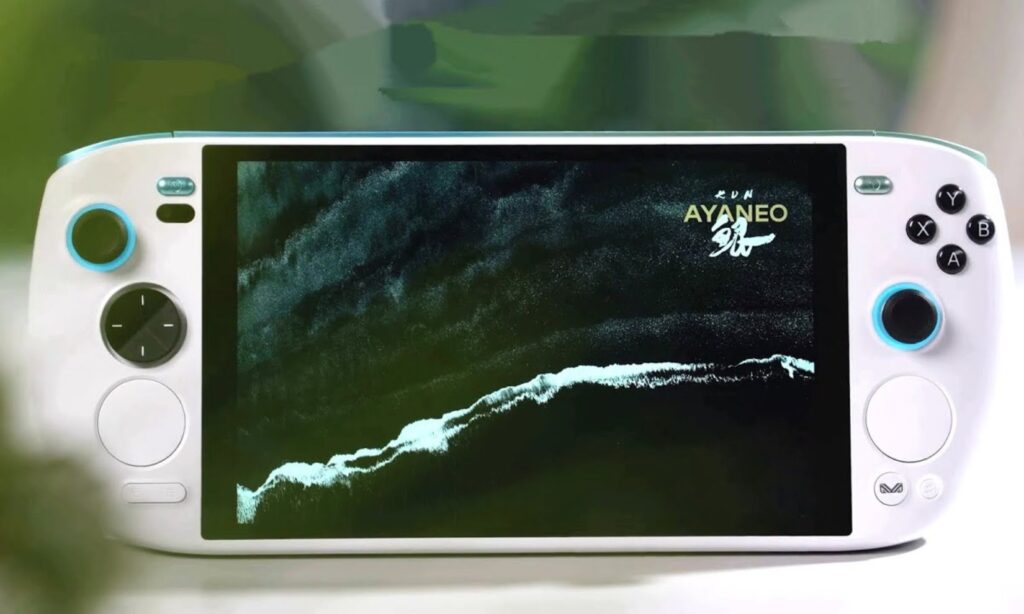
The Legion Go flaunts an AMD Ryzen Z1 Extreme processor reaching speeds up to 5.1GHz, delivering commendable gaming performance. However, its use of M.2 2242 SSDs might present limitations for future upgrades. In contrast, the Ayaneo Kun employs M.2 2280 SSDs, offering more standardization.
Ayaneo Kun, powered by an AMD Ryzen 77840U CPU, features the “KUNPeng” heat dissipation system, allowing flexible TDP settings up to 54W for superior performance. Yet, higher TDP settings might impact battery life significantly. The device offers varied RAM options from 16GB to 64GB, catering to demanding gamers.
Performance Insights and Battery Management
Performance tests on the Ayaneo Kun at 54W TDP highlighted substantial heat generation and battery consumption. Operating at lower TDP levels demonstrated reasonable performance without excessive battery drain, indicating diminishing returns at higher TDP settings.
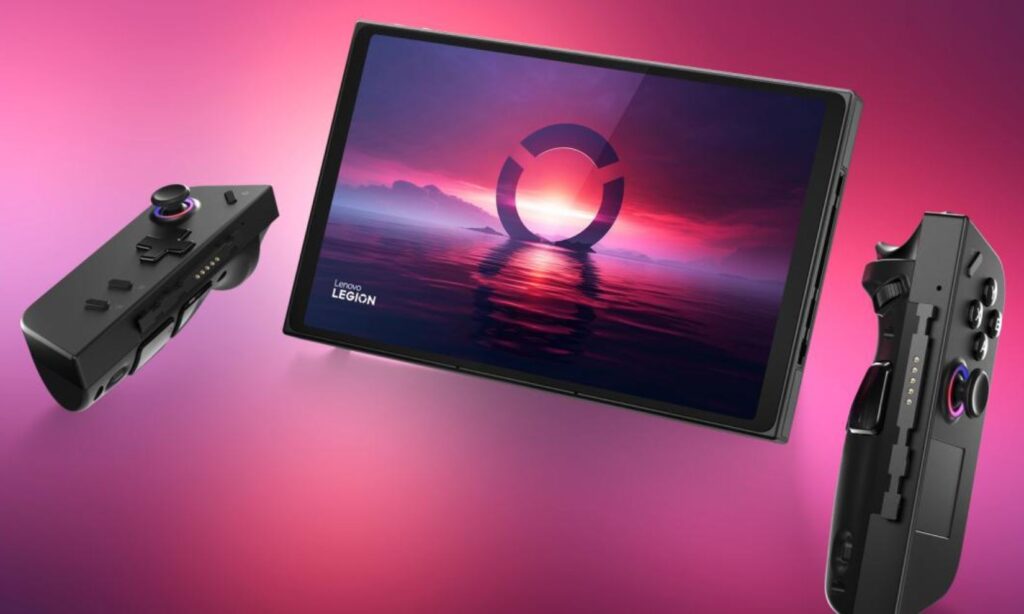
Display Comparison: Lenovo Legion Go vs Ayaneo Kun
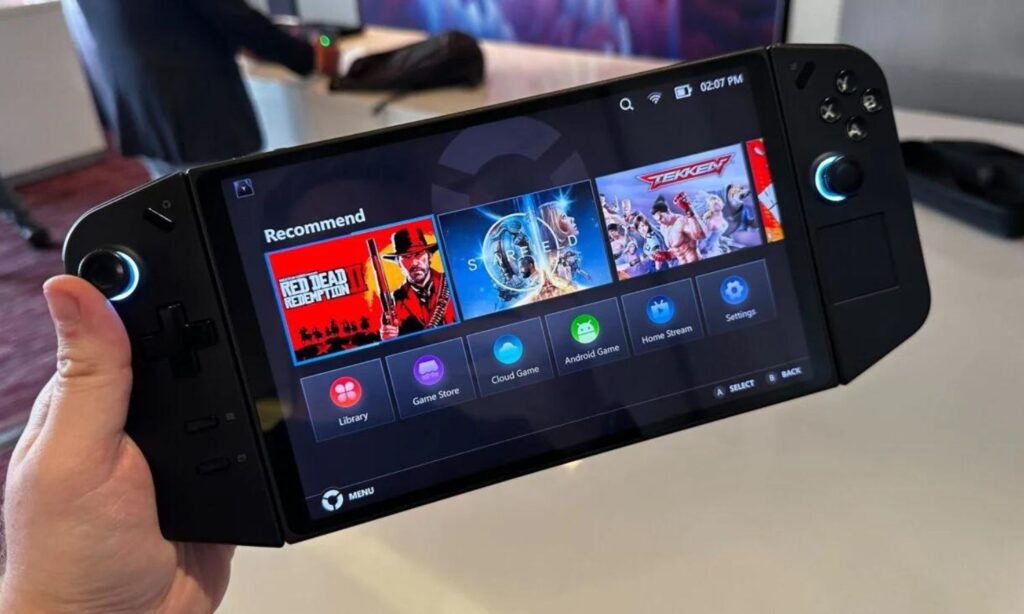
The Lenovo Legion Go boasts an 8.8-inch IPS display with a blazing 144Hz refresh rate, offering immersive gaming. Meanwhile, the Ayaneo Kun features an 8.4-inch IPS screen with a bright 500-nit peak brightness, slightly smaller but equally promising.
Both devices share a 2560×1600 pixel resolution, with the Ayaneo Kun having a slightly higher pixel-per-inch density due to its smaller screen. However, the Legion Go triumphs with extensive 97% DCI-P3 color gamut coverage, whereas the Ayaneo Kun offers 130% sRGB color volume and 100% sRGB color gamut but falls slightly short in DCI-P3 coverage at 90%.
Design Comparison: Lenovo Legion Go vs Ayaneo Kun
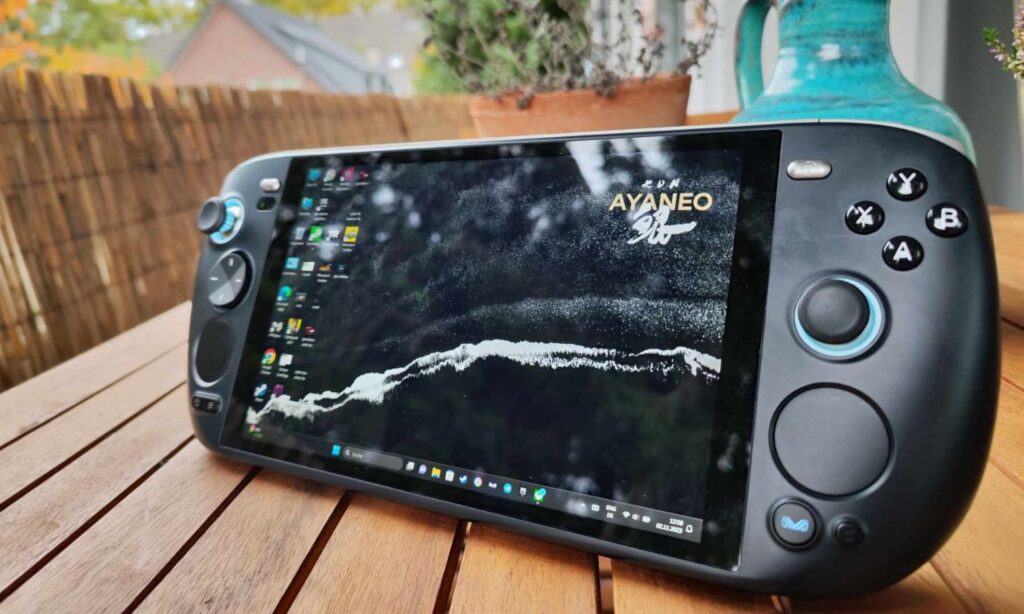
The Ayaneo Kun, at 950 grams, exhibits a sturdy build with an ergonomic design featuring bigger grips, dual touchpads, quad back buttons, and Hall Effect joysticks, enhancing gaming flexibility. Noteworthy inclusions such as a Windows Hello front-facing camera, 4G module, and various ports enrich its functionality, albeit with limitations in adjustability of the kickstand and button placements.
In contrast, the 640-gram Lenovo Legion Go prioritizes portability without compromising innovation. Its detachable controllers and an FPS mode utilizing an optical mouse sensor elevate the gaming experience. The Legion Go’s lightweight design and unique controller charging system akin to the Nintendo Switch offer a comfortable grip and versatility.
Battery Performance: Lenovo Legion Go vs Ayaneo Kun
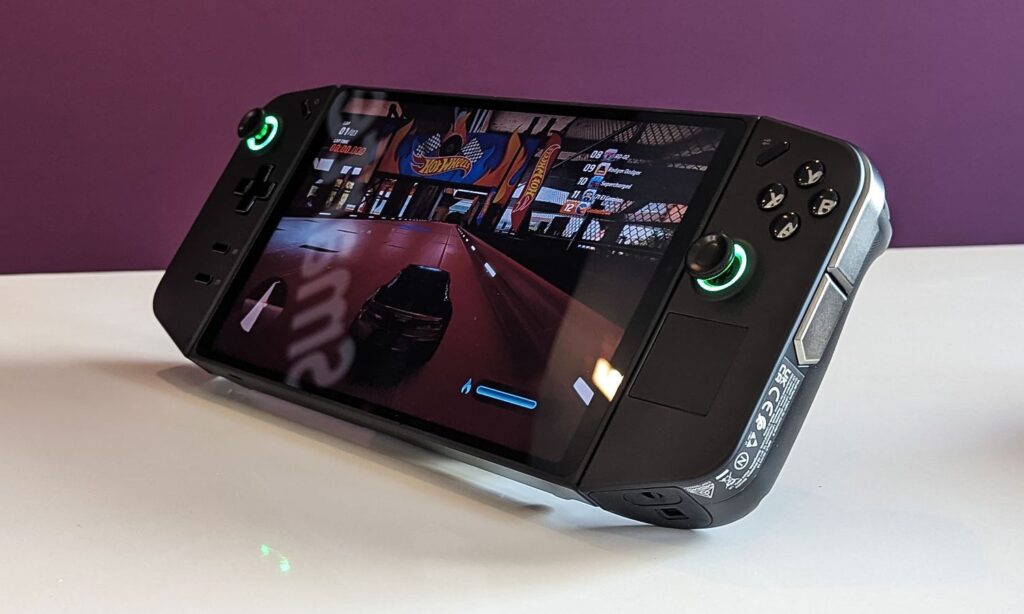
The Ayaneo Kun shines with a substantial 75WHr battery, lasting nearly 3.25 hours at a 15W TDP. Its “KUNPeng” heat dissipation system facilitates higher wattages up to 54 watts, emphasizing exceptional gaming performance.
On the other hand, the Legion Go employs a two-cell 49.2WHr battery but compensates with the Super Rapid Charge feature for swift charging via a 65W USB Type-C power adapter.
Which Gaming Console Stands Out?
Both the Ayaneo Kun and the Lenovo Legion Go present distinctive features, catering to varied gaming preferences. However, when closely analyzed, the Ayaneo Kun seems to hold a slight advantage.
In terms of processors, both consoles offer competitive performance, but where they diverge is in storage and RAM options. Ayaneo Kun takes the lead here with a wider array of RAM choices compared to Lenovo’s fixed 16GB. Additionally, Ayaneo’s superior battery and thermal performance, along with a slightly better pixel-per-inch (PPI) in its display specs, present compelling reasons for it to be the preferred handheld gaming console.
Ayaneo KUN – Editor’s Pick
Priced at $999 (with a $210 discount from $1209), the Ayaneo Kun emerges as the clear winner in this comparison. Offering multiple storage options, enhanced RAM capabilities, a robust heat dissipation system, and exceptional battery performance, the Ayaneo Kun stands out as an excellent alternative to the Steam Deck.
Ayaneo Kun Available at IndieGoGo for $999
However, to give fair consideration to the Lenovo Legion Go, it’s important to acknowledge its commendable design. Boasting a larger screen size and detachable controllers, it provides an immersive gaming experience. Moreover, being lighter and more affordable than the Ayaneo Kun, the Lenovo Legion Go proves to be a strong contender, especially for budget-conscious gamers.
Lenovo Legion Go – Runner-up
Lenovo’s Legion Go, priced competitively, features an AMD Ryzen Z1 Extreme processor delivering formidable gaming performance. Its 8.8-inch display with a rapid 144Hz refresh rate ensures an engaging gaming experience. The detachable controllers and the addition of FPS mode offer a unique dimension to gameplay.
Recommended: Baldur’s Gate 3 Xbox Release Date
This content might include affiliate links that could earn Microsoft and/or the publisher a commission should you make a purchase using those links.





































































